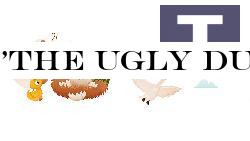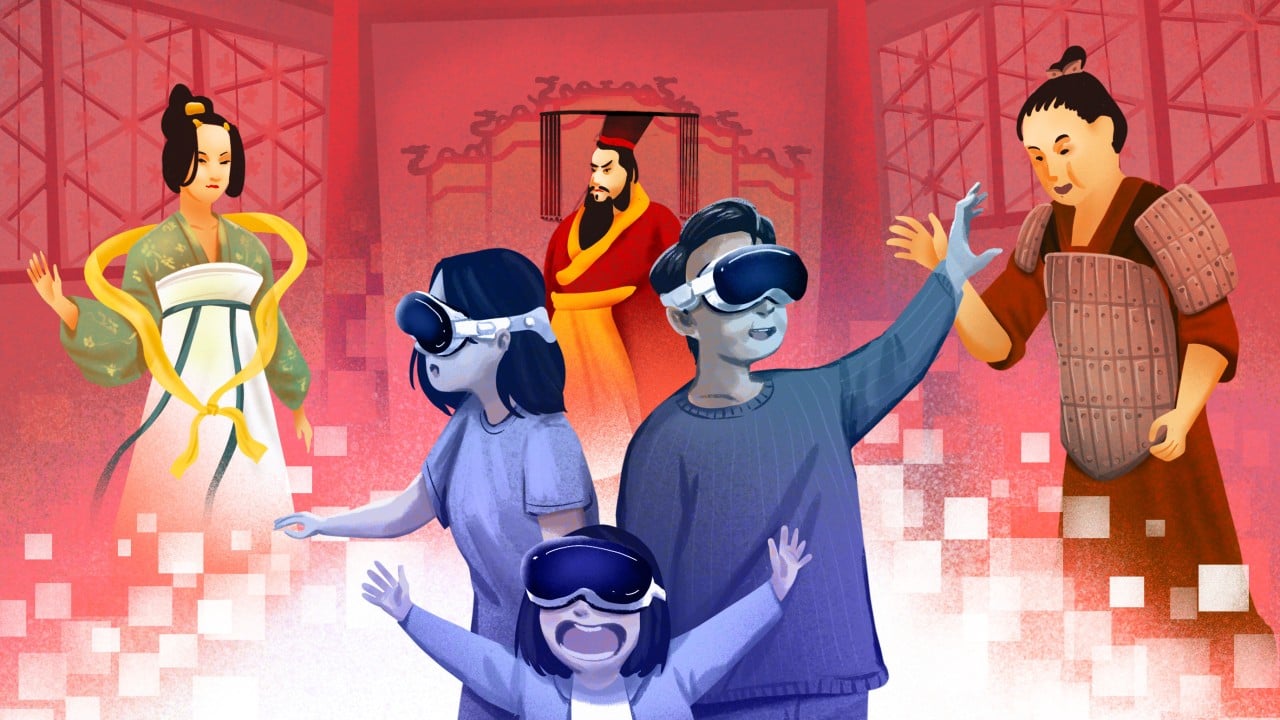
As Denmark's foreign minister Lars Lokke Rasmussen visits China, a classic Danish story that has accompanied generations of Chinese children once again emerges as a vivid symbol of cultural exchange between the two countries – Hans Christian Andersen's "The Ugly Duckling.""The Ugly Duckling" tells the story of a little bird who looks different from the other ducklings and is mocked, rejected and bullied because of his appearance.
Feeling lonely and unwanted, he leaves home and spends a harsh winter alone.
When spring arrives, he sees a group of beautiful swans and, to his surprise, realizes he has grown into one of them.
He was never a duckling at all: He was a swan all along.The story carries a timeless message: Although we may face hardship, rejection or misunderstanding, with time, growth and perseverance, we can discover our true identity and worth.This small, gray duckling has crossed time and borders, traveling from the Nordic world of fairy tales into countless Chinese households.
For decades, Andersen’s Fairy Tales has not only been a formative childhood read for many in China but has also quietly woven itself into the country's cultural fabric with its humanistic spirit and universal values.Since its first Chinese translation in the early 20th century, "The Ugly Duckling" has been reprinted and adapted countless times, yet its emotional resonance remains undiminished.
It continues to touch the hearts of readers and has inspired generations of Chinese writers and artists.

 10
10


















